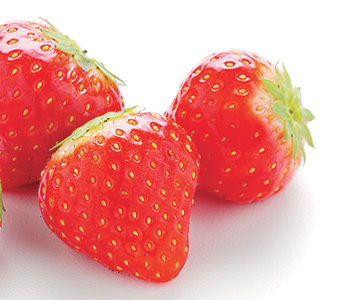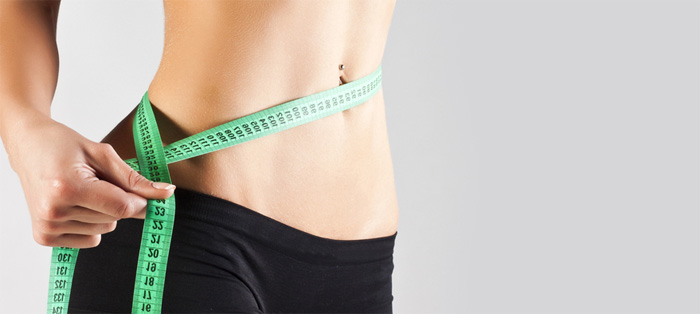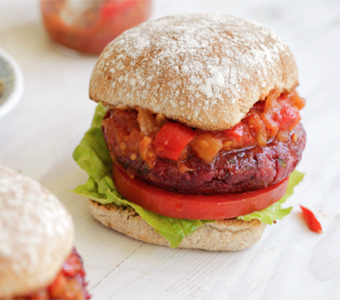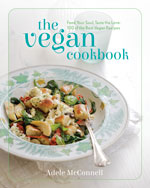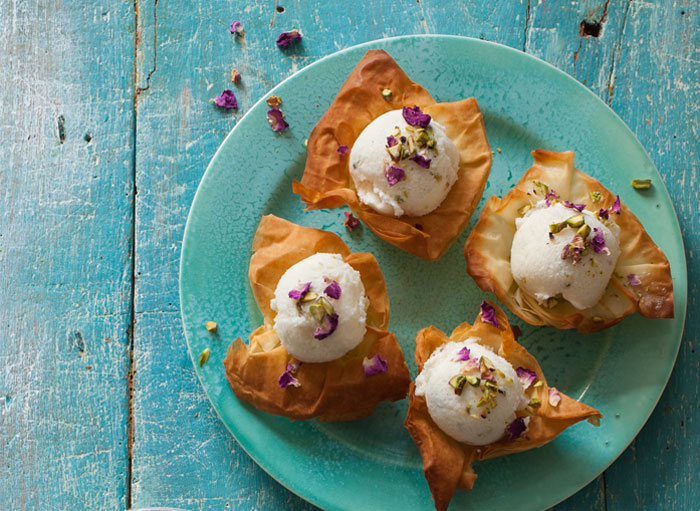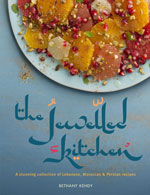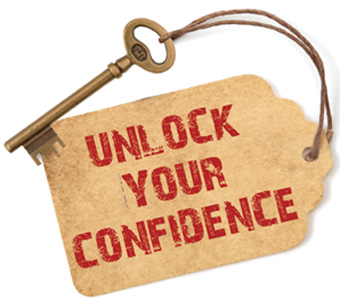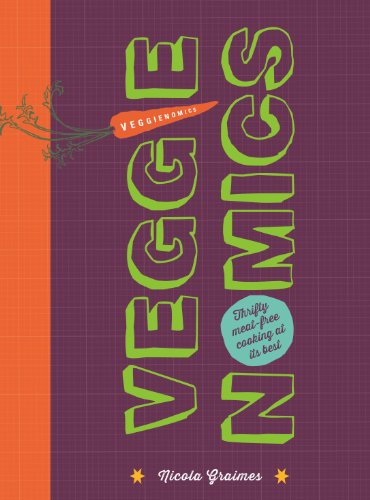How clean is the water you drink?

From Max Tomlinson’s book Clean Up Your Diet
The water you drink isn’t as clean as you’d think.
 We take the safety of our tapwater for granted. Recently, however, naturopaths, doctors and the media highlighted the dangers of water pollution and some of the health risks from lead, chlorine, pesticides and various micro-organisms that have been found to contaminate municipal water supplies. Outbreaks of waterborne diseases are now common in Western countries and there is concern over the carcinogenic effects of certain organic chemicals in our water.
We take the safety of our tapwater for granted. Recently, however, naturopaths, doctors and the media highlighted the dangers of water pollution and some of the health risks from lead, chlorine, pesticides and various micro-organisms that have been found to contaminate municipal water supplies. Outbreaks of waterborne diseases are now common in Western countries and there is concern over the carcinogenic effects of certain organic chemicals in our water.
If you are concerned about the level of toxins in your diet, maybe it’s time to ask yourself Do You Need to Go on a Detox?
What is contaminating our water?
We are all taking the contraceptive pill
Millions of women take the oral contraceptive pill or hormone replacement therapy (HRT) every day. The hormones in these pills pass through the body relatively intact and end up in the urine, from there into our water system, and eventually into our drinking water. This contamination is beginning to cause concern as it may not only contribute to lower sperm counts in men, but it is also thought by some experts to be the cause of more female fish and deformities in the sex organs of some, fish, making it difficult or impossible for them to reproduce.
Lead contamination
The heavy metal lead enters our water supplies from the corrosion of water pipes, joint solders in pipes, and plumbing fixtures. Lead in drinking water contributes up to 20 per cent of our total environmental exposure to lead. Young children and babies are particularly vulnerable to lead poisoning, with even lowdose exposure causing intellectual problems and behaviour disorders in those who are susceptible. However, there are some simple steps you can take to reduce the lead in your drinking water:
• Do not drink hot water from the hot tap, nor use it for cooking – hot water dissolves lead more quickly than cold water
• Never mix infant formula milk with tapwater – use cooled, once boiled water
• Run the taps for a while before drinking cold water – the fresh, cold water will not have been sitting in contact with pipes or solder
• Test your tapwater for lead and buy a water filter if levels are high
Germs and micro-organisms
Ground water, well water, river water, bottled water and some municipal water can contain dangerous micro-organisms (including coliforms, giardia lamblia and cryptosporidium) that can cause diarrhea and vomiting, especially in the vulnerable, such as children and the elderly. In the US it is estimated that close to a million people become ill each year owing to bacterial contamination in water.
Chlorine and other chemicals
Sewerage run-off, industrial chemical pollution, dirty storm water and run-off from farms and city streets have severely contaminated our water supplies. By-products of chlorine water treatment, such as trihalomethanes, remain in our drinking water after the water has been treated, and are under urgent investigation as possible carcinogens (they may cause cancer).
Legal and illegal chemical dumps leak a toxic cocktail into ground water. Arsenic, rocket fuel and many other toxic industrial chemicals contaminate most of the water in the UK, US, and around the world.
What do we need to do to drink clean water?
Distilled water – clean and clear winner
The best water to drink is steamd istilled water. It contains little or no contaminants and is the safest, cleanest and healthiest water available. It is almost pure H2O. Some say that distilled water depletes the body’s mineral content, but there is no biochemical basis or evidence for this. Others say that distilled water, unlike mineral water, has none of the beneficial minerals in it. In reality, mineral water provides only tiny amounts of the minerals you need for health – and besides, our minerals should come from our food, not our water. Distilled water is my winner. Best of all, home distillation units are easy to find and relatively cheap to buy.
Water filters – a clear second
Activated carbon filters remove most of the chlorine in tapwater. They also reduce the levels of trihalomethanes, the potentially carcinogenic by-products of chlorination, as well as some pesticides. The level of filtration will depend on the size and type of the filter, the degree of water pollution, and how often you renew the carbon filter. Replace your filters regularly, so that they are efficient and don’t begin to harbour harmful bacteria.
Bottled water – last place
Concern over the quality and safety of tapwater has led many of us to rely almost exclusively on bottled drinking water. However, regulations governing the purity and safety of bottled water are less stringent than those for municipal water supplies in most countries. Bottled water is often contaminated with heavy metals, solvents and bacteria. The carcinogenic chemicals (methylene chloride and vinyl chloride) that can enter the water from the plastic-bottle containers are also a major concern.
How can you rid your body of toxins? The answer is simple, and with this 3 step weekend detox plan you can get started straight away – you’ll feel so good you’ll wonder why you didn’t start sooner!







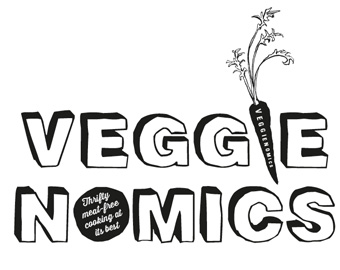
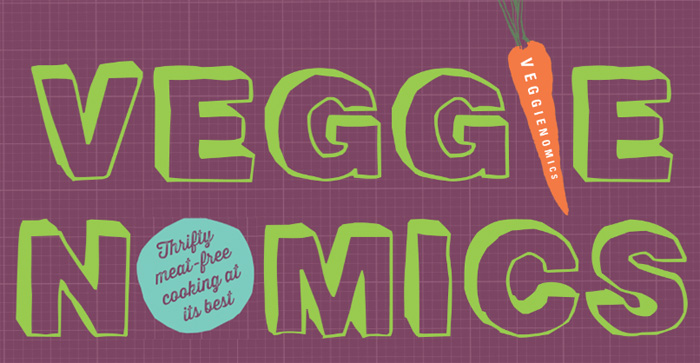
 Not your ordinary salad – Tandoori Halloumi with Coconut and Pineapple
Not your ordinary salad – Tandoori Halloumi with Coconut and Pineapple







